James Mollison is presenting a photo essay and fine art book that represents the variability of lifestyles seen through children portraits and the photographs of places where they sleep. Economic inequality, children’s rights, and how we are defined by our possessions and formed by our circumstances are some of the complex issues that he is trying to present through his work. Some of the places where children sleeps can hardly even be considered as bedroom, since there is no bed or no walls, because some of the kids are sleeping outdoors.
James Mollison says One can learn a lot about a child by looking at their face, dress, or body language, but to really understand what matters most to a child, one must enter that private sanctuary their bedroom. So, here you can see Ahkohxet, an 8 year old boy who sleeps on the floor somewhere deep in Amazon jungle, Brazil. Also, a 6 year old boy named Bilal who sleeps outdoors with goats in Wadi Abu Hindi, he is a Bedouine and in The West Bank that might seem as a normal circumstances , but if you take a close look at the place you will see that there is absolutely no conditions to raise a child. Indira is a 7 year old Nepali girl who has worked since she was three years old in granite quarry and on 4 year old Kaya is spent $1,000 per month. Those are just few of examples in this amazing and educative photo essay. There are also young girls in Kyoto who are in Geisha training and they sleep on the floor of a tea room and at least five of them shares the same bedroom. Mollison was born in Kenya in 1973 and grew up in England and today he lives in Venice.
This art designer and photographer has created the exhibition for pre-adolescent viewers, the social, typological and cultural issues described in the work are meaningful to an adult audience.
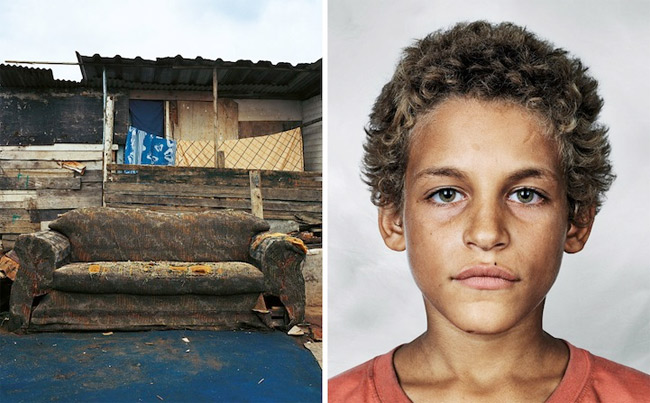
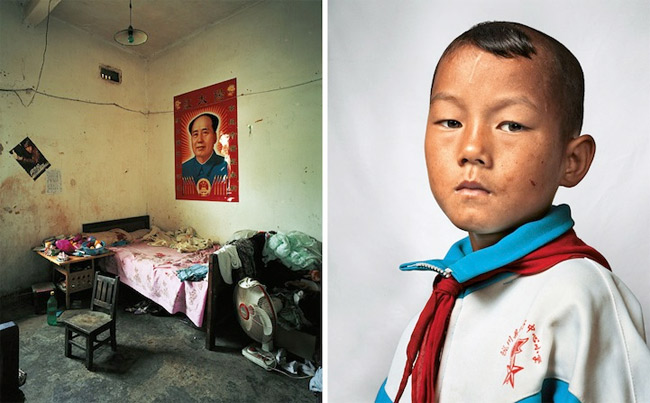
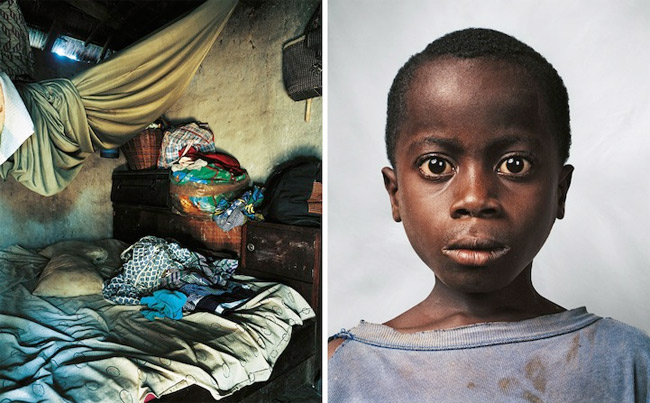
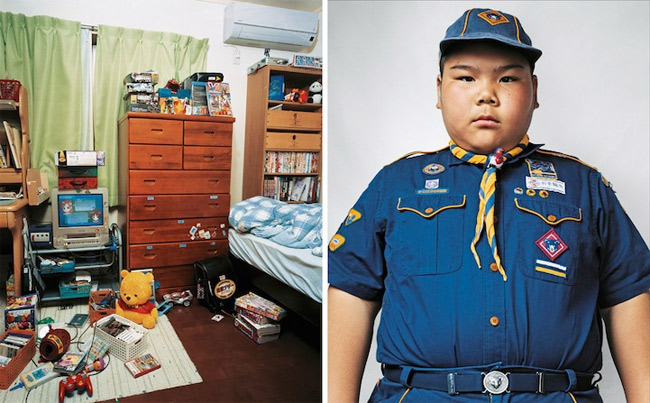

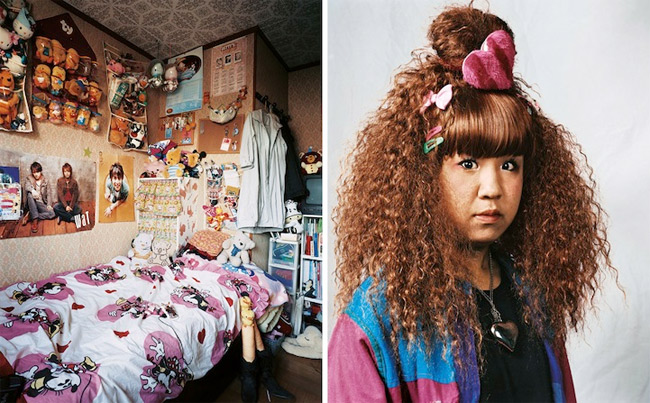
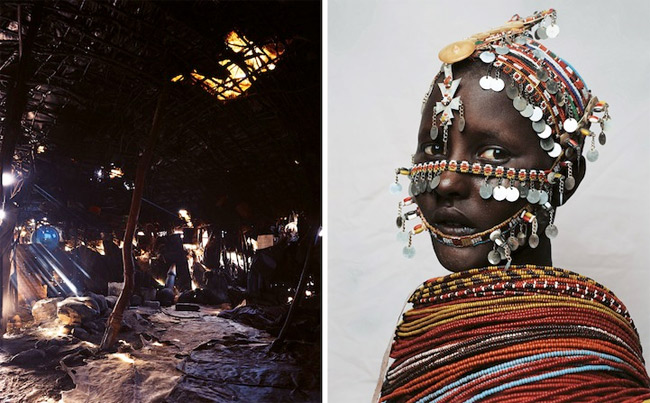
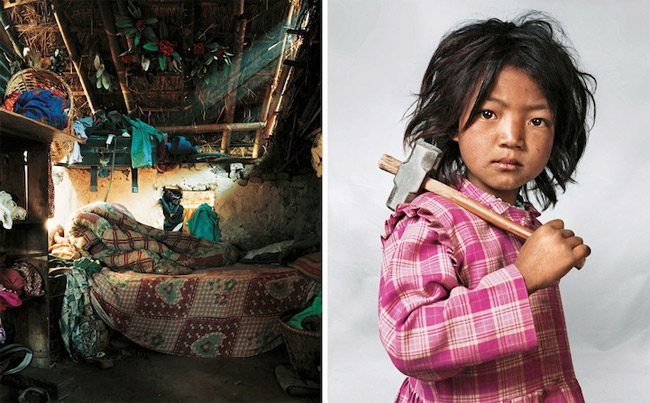
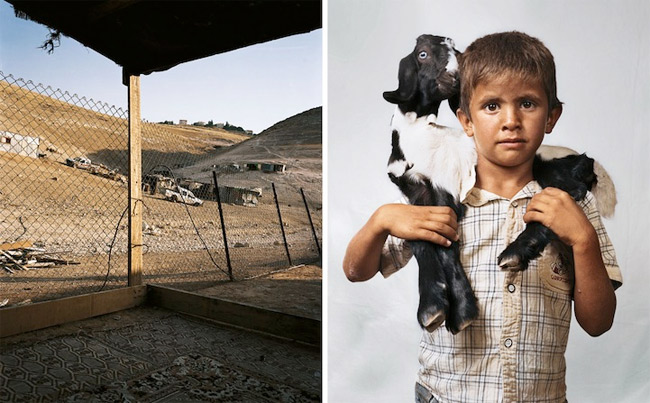
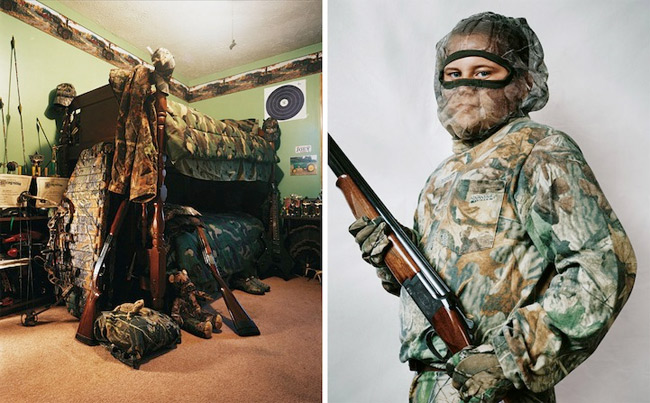



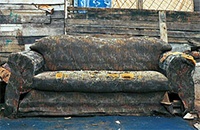


GIPHY App Key not set. Please check settings